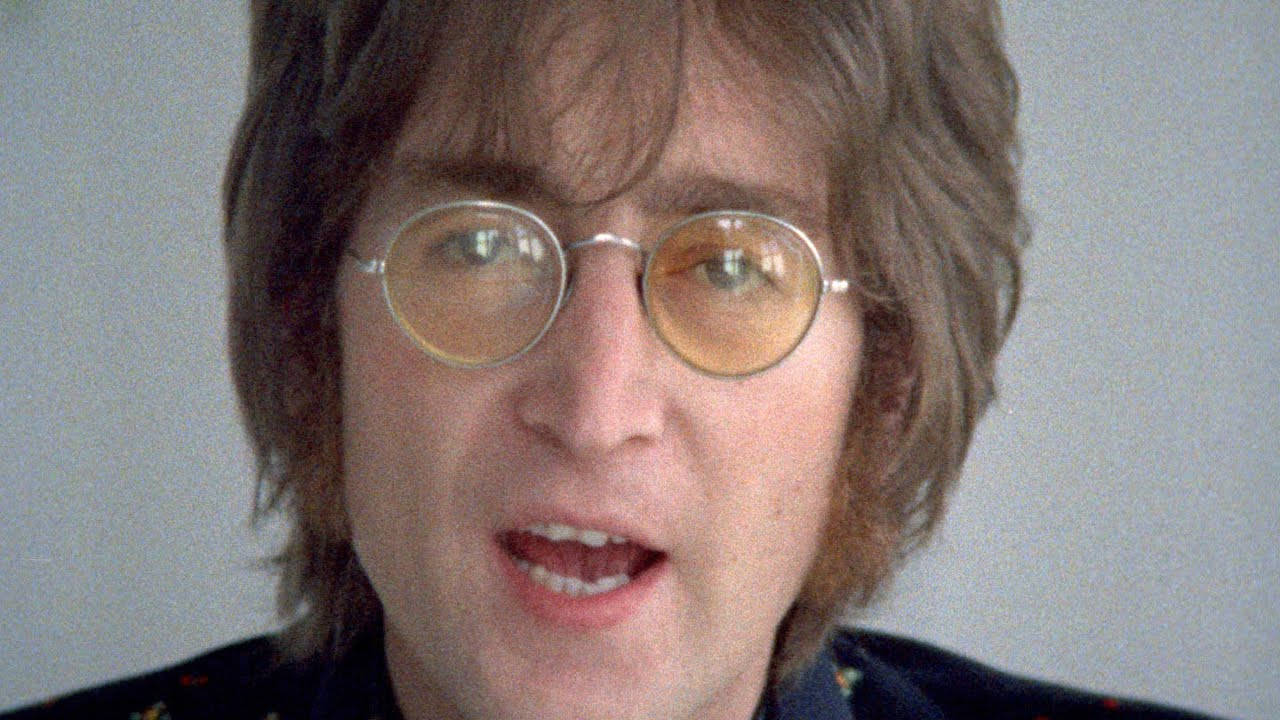In the realm of music, certain compositions transcend generations, embedding themselves deep within the collective consciousness of humanity. Among these timeless melodies lies "Imagine," a song penned by the legendary John Lennon. Released in 1971 as the title track of his iconic solo album, "Imagine" remains an anthem for peace, unity, and envisioning a better world.
(Watch the video below)

The genesis of "Imagine" can be traced back to Lennon's reflective journey during the early 1970s. Departing from the tumultuous years with The Beatles, Lennon found himself in a period of personal and artistic exploration. It was against this backdrop of social unrest, political turmoil, and his own quest for meaning that "Imagine" was born.
The song's simplicity is its brilliance. With gentle piano chords and Lennon's earnest vocals, "Imagine" invites listeners into a world stripped bare of divisions—no countries, no religions, no possessions. It's a utopian vision of harmony and understanding, where humanity transcends the barriers that often divide us.

At its core, "Imagine" is a call to imagine a world where peace reigns supreme. Lennon's lyrics paint a picture of unity and empathy, urging listeners to envision a reality untethered by the constraints of ideology or materialism. The refrain, "You may say I'm a dreamer, but I'm not the only one," resonates as an invitation to join him in this vision of a more compassionate world.
Central to the song's enduring appeal is its universal message. Regardless of time or place, "Imagine" speaks to the innate desire for peace that resides within all of us. Its themes of love, hope, and the human spirit's resilience transcend cultural boundaries, making it a timeless anthem for generations past, present, and future.
Moreover, "Imagine" is as relevant today as it was over four decades ago. In an era marked by division, conflict, and uncertainty, its message of unity and understanding carries a profound resonance. Lennon's vision of a world where people live as one, guided by empathy and compassion, serves as a beacon of hope in turbulent times.
The song's impact extends far beyond the realm of music. "Imagine" has inspired countless individuals and movements dedicated to promoting peace and social justice. From protests to concerts, its melody has served as a rallying cry for those striving to create a more equitable and harmonious world.

Yet, "Imagine" is not without its critics. Some argue that its message is overly idealistic, divorced from the harsh realities of human nature. Others contend that it overlooks the complexities of geopolitical dynamics and the legitimate grievances of marginalized communities.
However, it's precisely this idealism that gives "Imagine" its power. In envisioning a world free from the shackles of conflict and inequality, Lennon challenges us to strive for something greater. While the path to peace may be fraught with obstacles, the song reminds us that change begins with a simple act of imagination.

Beyond its musical legacy, "Imagine" serves as a testament to the enduring power of art to provoke thought, inspire action, and shape the course of history. Lennon's vision may have been born out of his own introspection, but its impact continues to reverberate across generations, inspiring millions to dare to dream of a better world.
As we reflect on the story of "Imagine," we are reminded of the importance of holding onto hope in the face of adversity. In a world too often marked by division and discord, Lennon's timeless message of peace and unity serves as a guiding light, reminding us of our shared humanity and the possibility of a brighter tomorrow.

In the end, "Imagine" remains more than just a song—it's a declaration of possibility, a testament to the enduring power of the human spirit, and a reminder that, as long as we dare to dream, anything is possible.